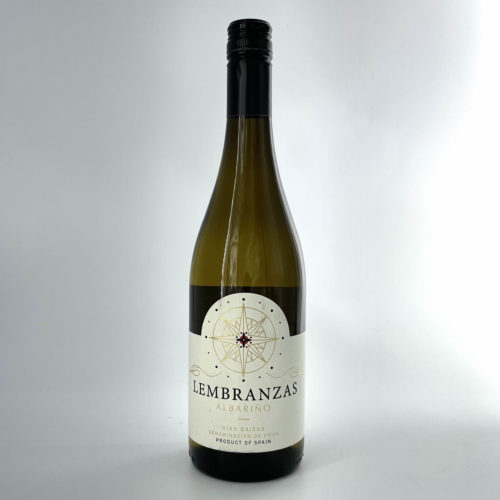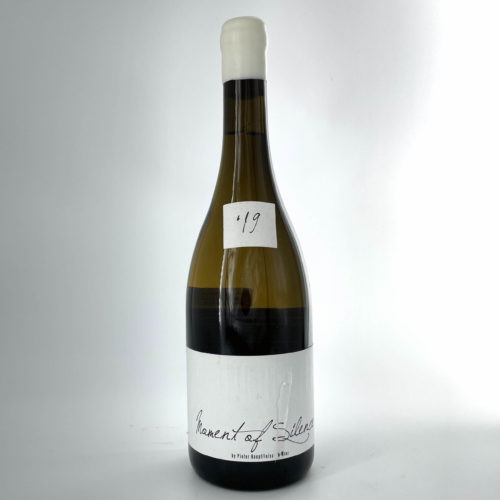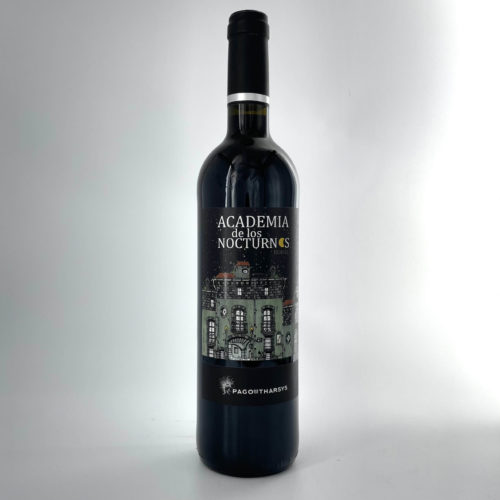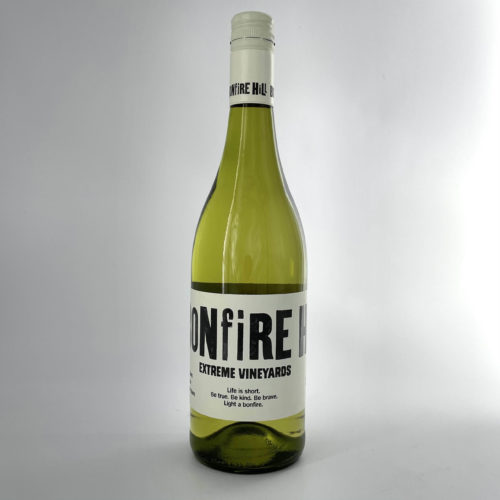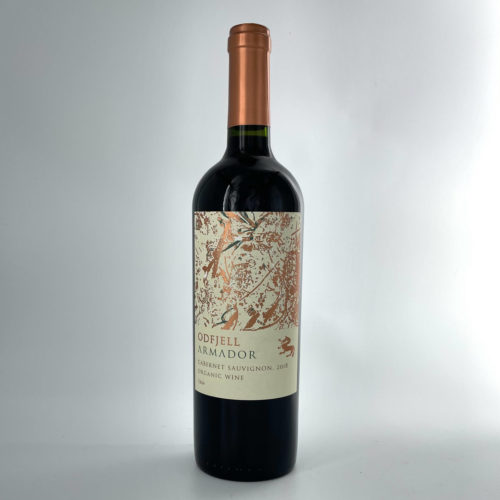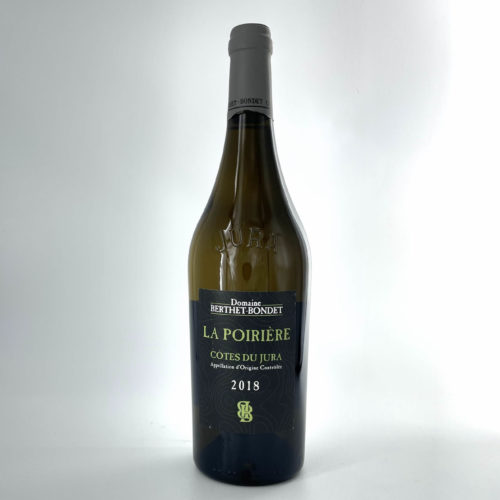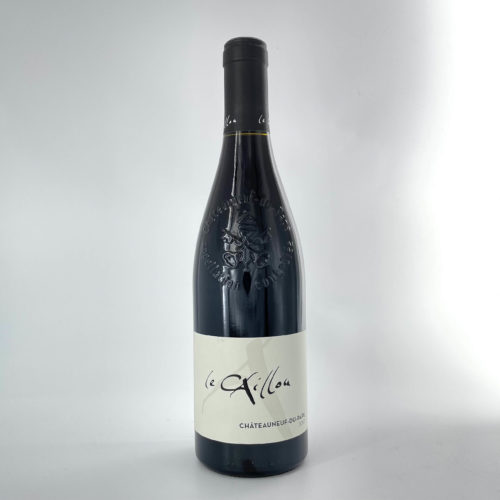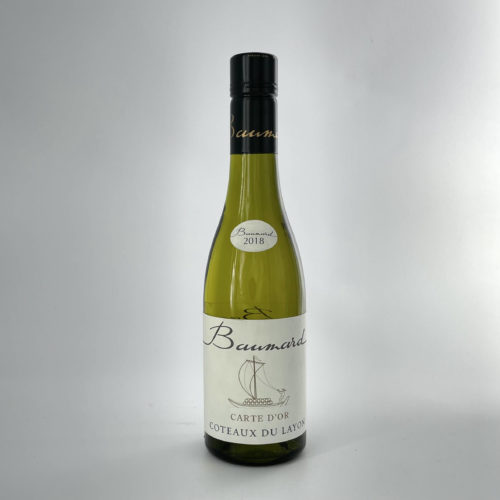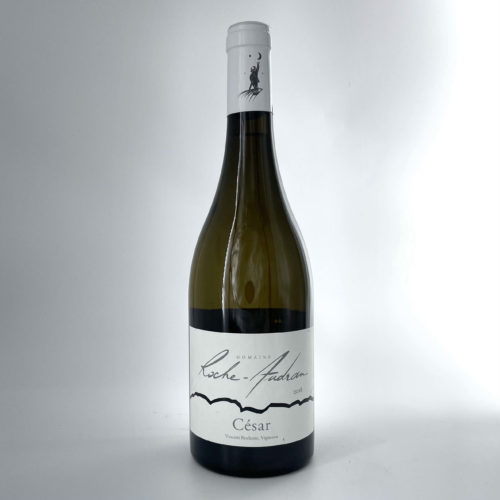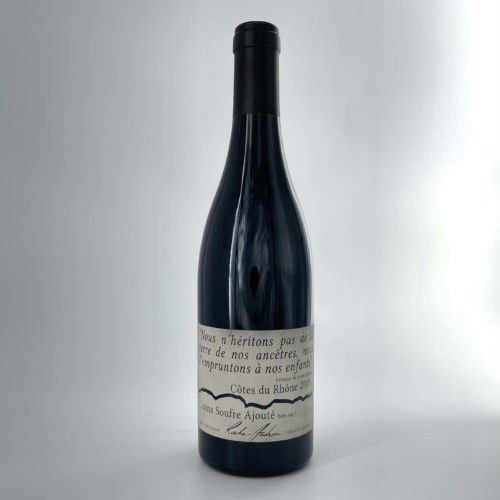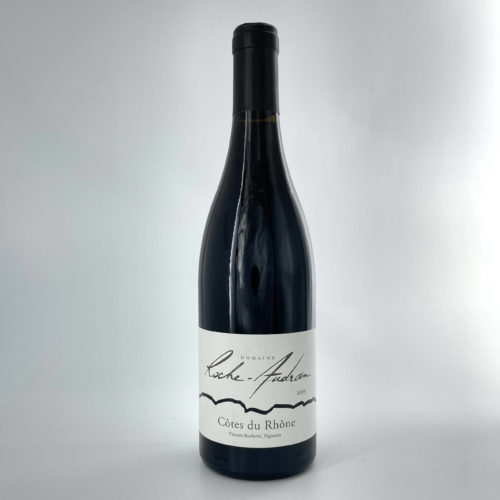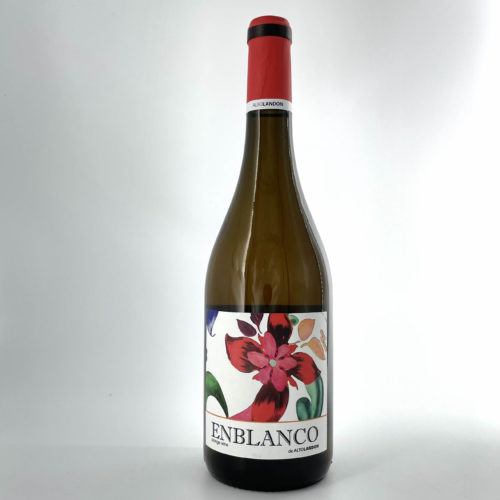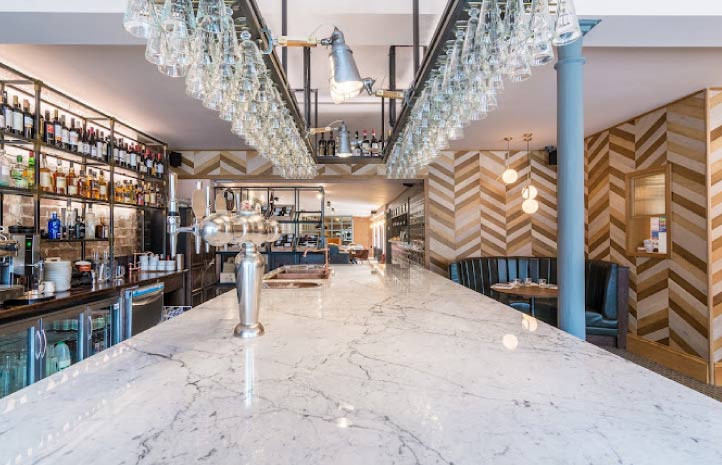Wine
Albarino Lembranzas, Rias Baixas, Spain
The DO of Rías Baixas is renowned for the Albariño grape, a native variety that produces some of the best white wines in Spain if not the world. Situated in the northwestern region of Galicia, the DO was formally established in 1988 and Albariño has always been at the forefront of winemaking grapes for this coastal region. The vines here share the same mineral-rich soils and cool climate as some of the world’s other renowned white wine-producing regions, including France’s Loire Valley, New Zealand, and the Rhine region of Germany.
Blankbottle Moment of Silence, Wellington, South Africa
From critically-acclaimed South African winemaker Pieter H. Walser. Pieter explains when he first established the basic premise of the concept. “In 2004, a lady came to my house to buy wine. She asked for anything but Shiraz. “I don’t drink Shiraz”, were her exact words. I poured her a glass of wine. She loved it and bought 3 cases. It was a straight Shiraz. It’s a fact – we do judge the book by its cover.” And so was born the idea of a range of wines that has no limitations when it comes to style, vintage, area or grape varieties
Bobal, Academia de Los Nocturnos, Pago de Tharsys, Utiel-Requena, Spain
Located in the unheralded region of Utiel-Requena, Pago de Tharsys is an old estate which dates back to 1805. It was purchased by the Garcia family in 1981 and they began adding plots of vines in the early 1990s. Therefore, despite the fact it is an estate steeped in history, it is very much a modern project that remains in progress. Known as “The Godfather of Valencian Cava” for his work to grow the reputation of D.O. Cava wines in this area, Vicente Garcia has always strived to find harmony between traditional and modern winemaking techniques in order to bring out the best of the indigenous varieties of Valencia – particularly Bobal. Their Academia de Nocturnos range is an homage to the mythical ‘Nocturnal Academy’ of 16th century Valencia, where well-known artists and novelists used to meet – always with a glass of wine in hand
Bonfire Hill Extreme Vinyards, Western Cape, South Africa
Winemaker Trizanne Barnard has years of international winemaking experience. Her passion lies in the Western Cape, making wines sourced from the most extreme vineyards and blending them to perfection.
Trizanne seeks out grapes from wind-ravaged vineyards in Elim, the old expanses of the Overberg Highlands, from dryland bush vines in the warm Swartland and from the high slopes of the Piekernierskloof. They then all come together under Trizanne’s watchful eye to create wines full of flavour, tannin and texture.
Cabernet Sauvignon Odfjell Armador, Maipo, Chile
Founded by Norwegian Dan Odfjell this pre-dominantly red wine producer creates wines of elegance and poise.
Odfjell are fully committed to biodynamics with cover crops and beehives populating the vineyards while small Fjord horses work the land. Odfjell produces wonderful wines that few in Chile can match, with their Carignans, which come from rescued 80 year old vines, proving to be of particular note.
Chardonnay La Poiriere, Domaine Berthet Bondet, Cotes de Jura, France
Jean Berthet-Bondet has been working his land since 1984.
With a humble 15 hectares of 30 year old vines, this estate may well be small but it is steeped in history and heritage. Half of Jean’s land is in the Château Chalon appellation which is home to the Savagnin grape, renowned for making the revered Vin Jaune. A unique wine that has seen a resurgence of popularity in recent years, but has always been appreciated by the knowledgeable few.
Chateauneuf-du-Pape ‘Les Safres’ Caillou, S Rhone, France
The Clos du Caillou was founded in 1895 when Elie Dussaud settled there and created an old cellar. It started as a hunting retreat and it has a remarkable history which explains its exclusion from the Châteauneuf-du-Pape appellation upon its creation in the 1930’s. When government experts arrived at the Clos in 1936 to survey the land for its inclusion in the new appellation, they were met with armed resistance to prevent them entering the property as the secretive owners didn’t want their estate to be analysed. This is the reason for the seemingly inexplicable blank spot in the Châteauneuf-du-Pape appellation map. As a result, the Clos du Caillou is home to some of the most spectacular terroir classified as simply Côtes-du-Rhône. The estate was purchased in the mid-1950s by the Pouzin family who decided to plant vines on the land that had traditionally been designated for hunting. They also acquired a 9 hectare plot within the Châteauneuf-du-Pape appellation itself. In 1995, Sylvie Pouzin took on the estate from her father and began the process of converting the vineyard to biodynamic practices. They gained their official organic certification in 2010 and since then have gone on to grow their reputation for the production of outstandingly well-balanced wines with their signature, soft velvety tannins.
Coteaux du Layon, Domaine des Baumards, Loire Valley, France
One of the Loire’s most lauded producers, Florent Baumard has courted controversy by pursuing his own ideas and challenging the status quo.
In a deeply traditional region, Florent’s early adoption of screwcaps and different vine trellising systems marked him out as the enfant terrible of Savennières. His mantra now encompasses a belief in the individuality of each vintage, believing it should be made with minimal intervention to allow the wine to reflect its vintage and unique character. His Savennières from the famous vineyards of Clos St Yves and Clos du Papillon are rich, yet with a balance and elegance that are unrivalled. His top cuvée of ‘Trie Speciale’ is only made in very exceptional vintages when grape quality is optimal. It is a wine full of paradox, honeyed and yet dry, rounded and yet firm. The rich fruit, tremendous weight and concentration ensure that it is a thoroughly memorable experience.
Cotes du Rhone Cuvee Cesar, Domaine Roche-Audran, Southern Rhone, France
Vincent Rochette comes from a long line of grape growers rather than winemakers. In 1998, he bucked that trend by investing in a cellar and the necessary equipment to allow him to vinify his own grapes, which for five generations had been sold to other winemakers in the area. Vincent is an ardent believer in the benefits of biodynamics, fully converting his estate to follow that philosophy in 2006. He uses only natural products in the vineyard and carries out all his work in keeping with the cosmic cycles of the earth, not only among the vines but also in the cellar
Cotes du Rhone Nature, Domaine Roche-Audran, Southern Rhone, France
Vincent Rochette comes from a long line of grape growers rather than winemakers. In 1998, he bucked that trend by investing in a cellar and the necessary equipment to allow him to vinify his own grapes, which for five generations had been sold to other winemakers in the area. Vincent is an ardent believer in the benefits of biodynamics, fully converting his estate to follow that philosophy in 2006. He uses only natural products in the vineyard and carries out all his work in keeping with the cosmic cycles of the earth, not only among the vines but also in the cellar
Cotes du Rhone, Domaine Roche-Audran, Southern Rhone, France
Vincent Rochette comes from a long line of grape growers rather than winemakers. In 1998, he bucked that trend by investing in a cellar and the necessary equipment to allow him to vinify his own grapes, which for five generations had been sold to other winemakers in the area. Vincent is an ardent believer in the benefits of biodynamics, fully converting his estate to follow that philosophy in 2006. He uses only natural products in the vineyard and carries out all his work in keeping with the cosmic cycles of the earth, not only among the vines but also in the cellar
Enblanco de Altolandon, Manchuela, Spain
As the lands starts to rise, inland northwest of Valencia, you will find Roselia Molina heading up Bodegas Altolandon.
The property consists of 120 hectares with the winery resting right in the centre, not only making it aesthetically satisfying but also extremely practical. At 1,100 metres above sea level, the altitude serves to benefit the grapes with large diurnal variations which encourage even ripening and also helping retain their natural acidity. Organic methods are used to manage the vines utilising only natural fertilisers and some green pruning to further guarantee the quality of fruit prior to hand-harvesting. The grapes are vinified as naturally as possible with native yeasts and little other intervention. The wines are then aged in French oak and some in clay amphora to retain purity, but build complexity.

